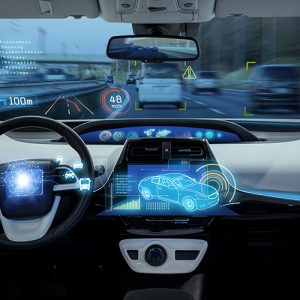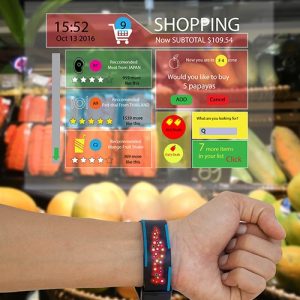
If your organization puts an expiration date on your business data, you risk extinction.
As the digital economy increasingly takes hold, businesses in every industry and region are finding themselves under attack from fast moving digital disruptors. That measure every digital interaction both in real-time and trended over many years and adapt their services accordingly.
As I’ve previously discussed, it’s the data that fuels digital transformation. Most often when organizations are talking about this trend, their focus is on Artificial Intelligence, the Internet of Things (IoT), or Business Intelligence. The insights and intelligence provided by each of these technological trends is greatly amplified by the amount of data collected over time. Not surprisingly, organizations are rethinking how data is treated.
It Takes Time to Become a Master in AI

With the advent of cloud services, it is now easier than ever for organizations to throw a million CPUs at solving a complex problem like creating a self-driving car. However, without the appropriate amount of data, you may as well not try. To train the algorithms that power self-driving cars, auto manufacturers must log millions of miles and feed telemetry data, images, even video into the service. There are no shortcuts here, and whoever has the most data is in the strongest position to win. I’m reminded of Malcolm Gladwell’s research that indicated that it takes 10,000 hours of practice to become an expert. It’s no different in AI – the data that companies like Tesla and Google are collecting from their self-driving prototypes will serve as massive competitive moats in the years to come. Even financial analysts are pricing in the data in their models noting, “Machine learning algorithms have become commoditized, even open source. Data, not algorithms, is what confers competitive advantage. The company with the most data wins.” – Seeking Alpha
IoT Always Evolving Based on the Data
Technology moves so quickly that a device that cannot be connected and updated is already on its way to being obsolete before a user ever touches it. With the Internet of Things, we not only have a way of extending the usable life of the device but can also improve its performance and usefulness. When you have a series of devices that collect and send data back to the service they are consuming you can create a virtuous cycle. The application generates data, which can be analyzed, and fed back into the service to improve. With historical data sets in hand setting a baseline you are then able to experiment and innovate with these devices. Every organization can wake up tomorrow as a software and analytics company if they prioritize digital transformation just as GE famously did.
“You have to make your machines smarter. You need to figure out the best ways for embedding intelligence into machines and devices. Then you need to develop the best techniques for collecting the data generated by those machines and devices, analyzing that data and generating usable insights that will enable you to run your equipment more efficiently and optimize your operations and supply chains.” – Bill Ruh, Chief Digital Officer, GE, and CEO, GE Digital
Business Intelligence Only Gets Better With Age

One of the interesting aspects of businesses going digital is everything becomes measurable, and with enough data, you don’t just predict the future you create it. We’ve heard of extreme targeting in advertising or suggestions in shopping applications that seem to read our minds and spur decisions. These systems only improve with the more data points they have. Look at the investments of Walmart, your classic brick and mortar organization, is making in their Big Data implementation: a centralized analytics practice that can analyze 40PB of data across 20,000 stores in 28 countries an organization. Walmart realizes that this data makes for the ultimate differentiator a business can enjoy and becomes more pronounced over the years.
Turning Potential Into Reality Will Require Change
The ability to pull up data and mine it for insights is powering the next phase of innovation in the digital economy. Data has the potential to increasingly enable predictive services, train machines, and make systems intelligent, but only if organizations keep it.
This view challenges many long held beliefs and practices within organizations. Many will struggle with these new data requirements as it requires a massive shift in their data platform. The most important questions will become: What do we keep? What do we throw away? How will it be used? Where can we store it? How will we manage and secure our growing data footprint?
We are moving to an age where the data will outlast the infrastructure and even the services that are consuming it. Are you ready for what’s next?
Related Articles:
Dell CTO Bill Schmarzo (the Dean of Big Data) discusses the Economic Value of Data